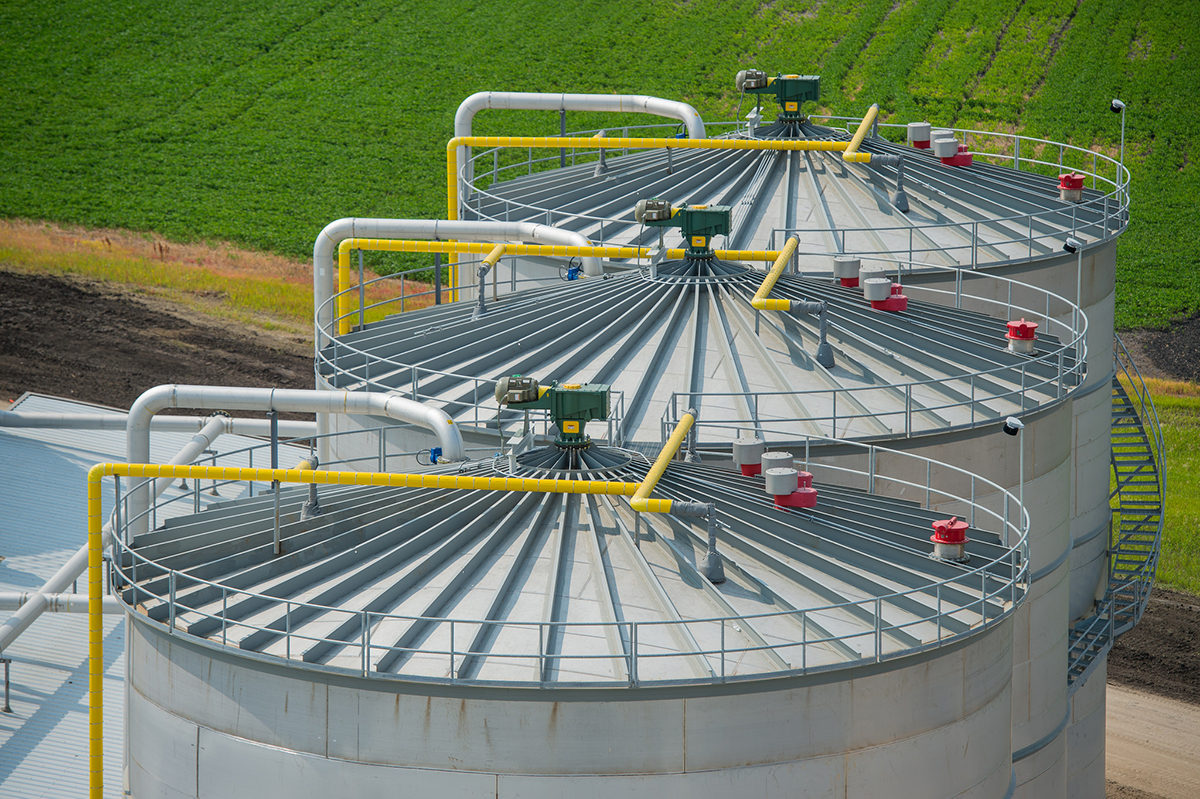
Willis: February Export Analysis: Ethanol Exports Decrease Slightly, Remain Stable


Becoming a MemberGrowth Energy is the leading voice of America’s biofuel industry. Our members operate and support biomanufacturing facilities at the heart of America’s bioeconomy, delivering a new generation of plant-based energy and climate solutions.